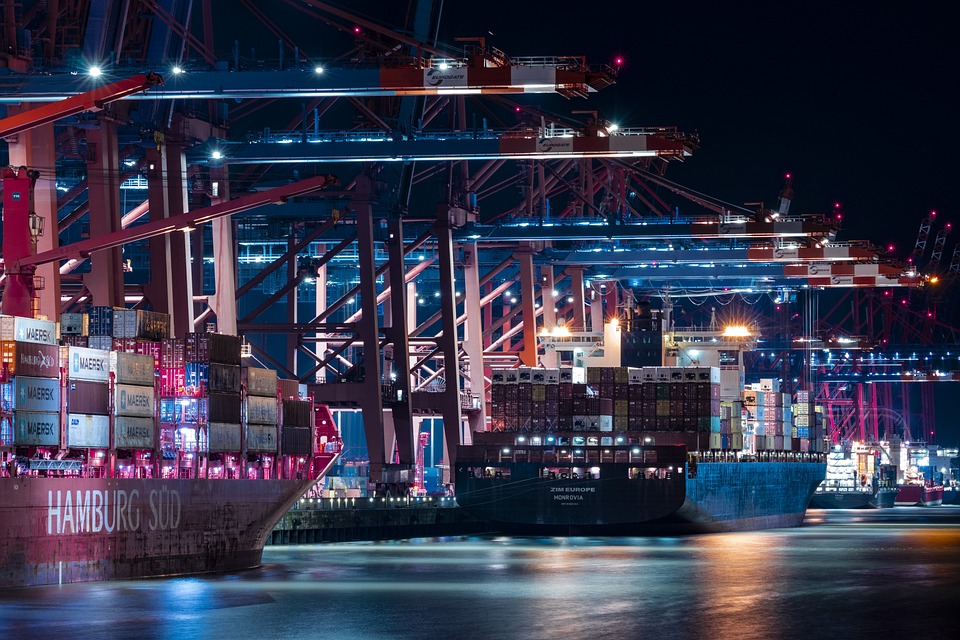Like every other supply chain activity, Inbound logistics are difficult to manage. Historically, such a logistical operation was riddled with inefficiencies. Some key issues that weigh on incoming logistics management include inadequate visibility of transportation operations, declining productivity levels, delivery delays, increased inbound transportation hazards, and poor management of in-plant logistics operations. All of these issues can solve with robust enterprise-grade inbound logistics management.
The Importance of Inbound Logistics Services
Inbound logistics has a direct influence on the manufacturing industry's production activities. What businesses eventually sell to their customers is determined by the raw materials and components they obtain from various suppliers. The supply of these resources relies heavily on the efficiency of incoming logistics. As a result, the effectiveness of incoming logistics services becomes important. This is where inbound logistics management comes into play. It guarantees that manufacturing processes continue around the clock by making the appropriate number of raw materials and commodities accessible at the appropriate time and location. A lack of material supply and delays in delivering items cause production to stop, resulting in a slew of losses and inefficiencies such as wasted person-hours, waste, delays in creating completed goods, supply chain disruptions, and more.
Inbound Logistics Management Features
End-to-end real-time delivery tracking, loop optimization, dynamic routing, proactive delivery reporting, automated delivery scheduling and order allocation, customer tracking, and other functions are critical elements of current inbound logistics management.
Real-Time End-to-End Delivery Tracking
This feature enables companies to receive real-time logistical insight into incoming fleets. It keeps logistics stakeholders up to date on the current position of a vehicle. Businesses may get more control over fleet mobility with end-to-end real-time visibility. It reduces the possibility of route deviations by quickly generating alarms whenever a vehicle deviates from a specified path. It reduces vehicle idle time, and guarantees drivers do not make needless stops.
Dynamic Routing and Loop Optimization
Carriers and fleet-owning shippers are always striving to increase fleet efficiency, and although there are several routing options available, there is always space for improvement. Loop Optimization is not just another routing technique or subset, but it has the potential to be a fundamental difference. It uses past data to determine and construct the best-suited routes for orders inside a cluster or geo-fence. Consequently, several optimal loops are created, pushing the boundaries of route performance. Loop optimization is one of the most sophisticated approaches that fit with this, allowing companies to utilize the power of self-learning algorithms to optimize routing performance at the most granular level.
Real-time dynamic routing optimizes delivery routes depending on uncontrolled external circumstances such as traffic congestion, changing weather conditions, one-way windows, sunned road closures, delivery urgency, and more. It assists the fleet manager in meeting ETAs.
Integrated Rate Calculator
An intelligent rate calculator is a crucial aspect of an incoming logistics system. A rate calculator examines essential delivery criteria such as order type, source of order, delivery location, and others to calculate freight. It also assists firms in selecting the best 3PL supplier for the job.
Delivery Reporting in Advance
Knowing when items and raw materials are expected to arrive is crucial for production planning. Inbound logistics management allows delivery stakeholders to learn if an inbound delivery will be early, on time, or delayed before the freight arrives. Simple dashboards offer color-coded ETA information to logistics stakeholders, allowing them to put insights into action rapidly.
Logistics Provider Management Instruments
Gaining a firm handle on the movement of a third-party logistics provider is critical to attaining a flawless order index. Managing logistics suppliers has always been a tricky business. Obtaining answers to inquiries such as-
Where is a delivery truck?
Was there any thievery?
Why is it taking longer than expected to deliver?
How were the items treated while in transit?
And getting more was difficult. Modern inbound logistics systems enable delivery managers to gather essential information about shippers before settling on one. These solutions use machine learning techniques to assess the performance history of a 3PL or 4PL. It aids in developing highly effective service-level agreements and raises red lights in the event of anomalies in delivery schedules and operations.
Conclusion
If you are considering employing a logistics or trucking firm, be sure that they can handle your unique demands in an efficient, highly functional manner that is reported to you online and in real-time.
Cozentus is delighted to employ one of the industry's most sophisticated logistic operations, allowing customers real-time access to the most crucial data necessary to deliver the right product to the right location at the right time.
Our capabilities provide:
- The most possibilities.
- Unique and personalized solutions.
- Real-time updates and control. The potential to optimize our clients' incoming and outgoing processes.
Recent Post
Subscribe to our newsletter
Stay updated on latest trends and news in the supply chain and logistics industry








